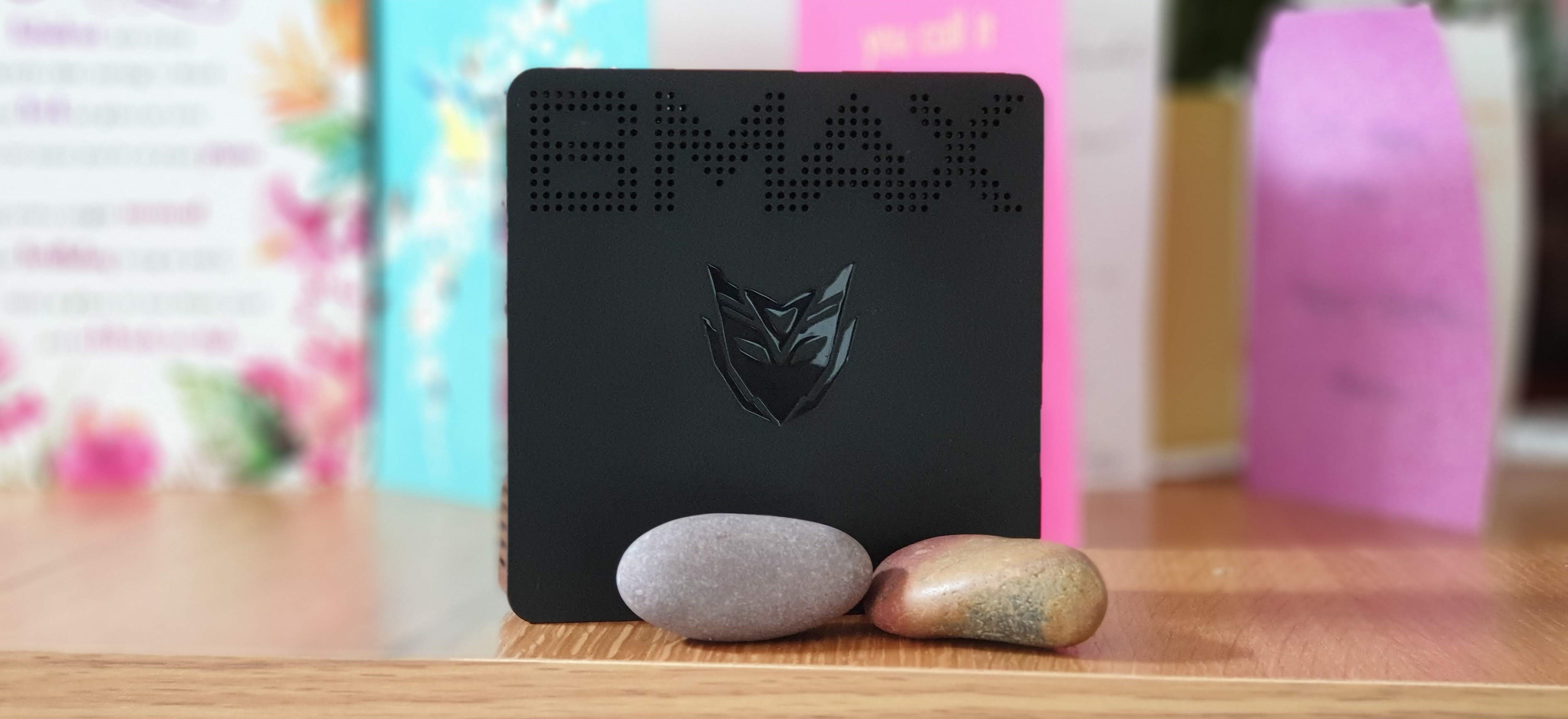TechRadar Verdict
The Bmax B1 won’t appeal to everyone; it is too slow for modern office tasks but should be fine for very light workloads. Its price makes it an absolute bargain for businesses looking for a compact but fairly capable office PC, especially to connect to VGA monitors or video systems.
Pros
- +
Very cheap
- +
Good build quality
- +
Legacy VGA port
- +
Spare M.2 slot
- +
Gigabit Ethernet
- +
802.11ac
Cons
- -
Slow
Why you can trust TechRadar
With portable monitors, laptops, ebook readers and tiny PCs, Bmax is an ambitious newcomer to the crowded Chinese PC landscape but it looks to make itself noticed through a combination of astute pricing and clever design. The B1, a compact thin client mini PC, falls in the former category and is the first member of the Bmax family to get a review spot in our test lab.
Price
With the coupon code BGBmax001, you can buy the Bmax B1 Windows PC for under $90 from popular Chinese online retailer Banggood. The code expires September 30 and excludes shipping and any taxes that may be applied. Let’s pause a second and contemplate that pricing. Windows 10 Home on its own costs far more than that while the Raspberry Pi 4 Model B with 4GB RAM retails for $50.
- Want to buy tech from online Chinese retailers? Read this first.
Design
The design of the Bmax B1 is unassuming to say the least; it is proudly plastic with a black colour theme. There’s a dotted Bmax logotype with a logo that looks suspiciously like that of the Transformers, the popular robot franchise.
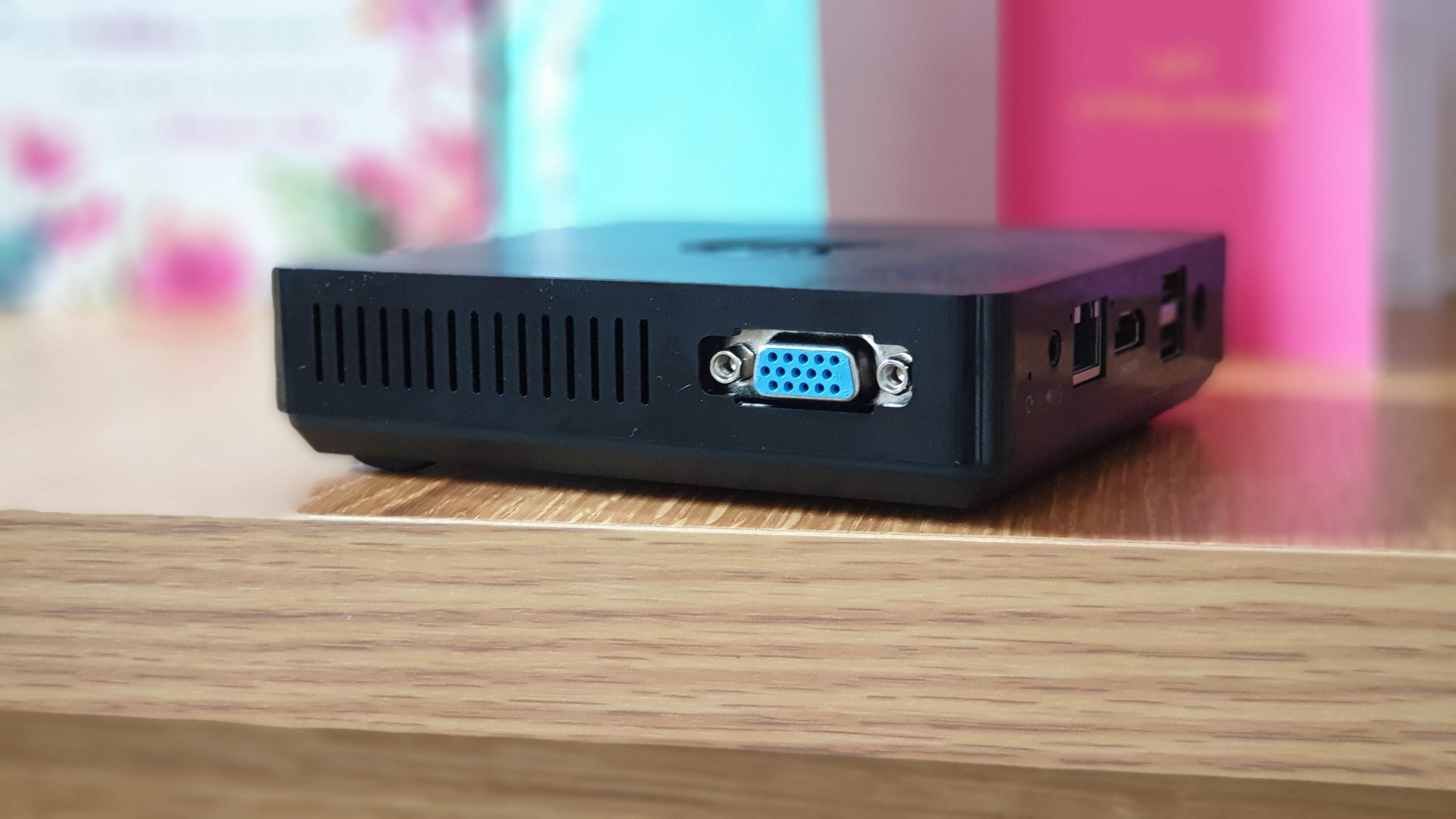
At 12 x 12cm for a height of just over 30mm, it is surprisingly compact and lightweight (around 240g), partly due to the fact that there’s plenty of slots in the chassis to keep the whole thing cool. There’s a lot of connection options all round; our first surprise is to find a VGA port, a legacy video connector that is still popular in business setups.
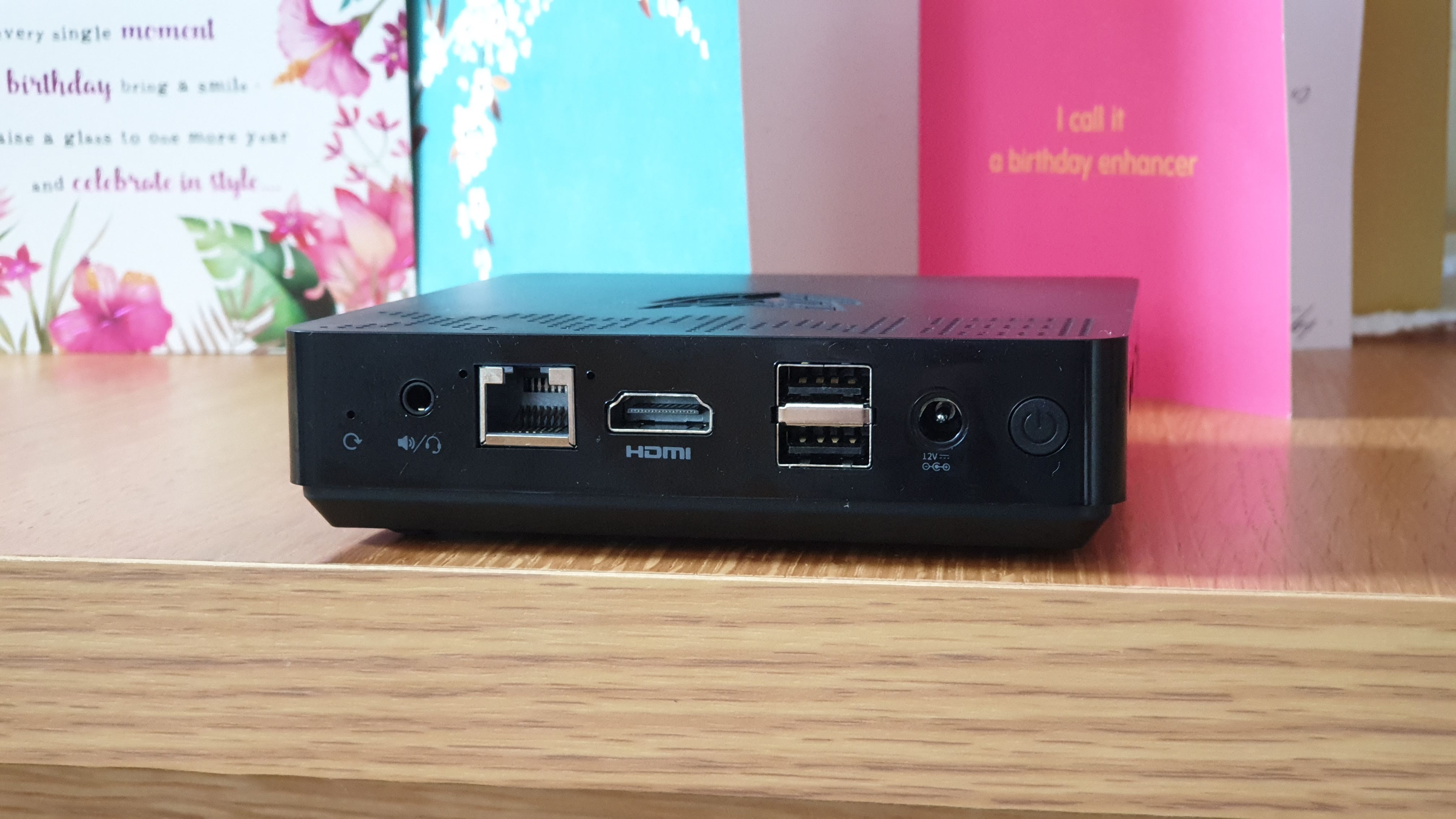
There’s also four full-size USB ports (two of them USB 3.0) with a Gigabit Ethernet LAN connector, a HDMI I/O, a microSD card reader and a reset CMOS button.
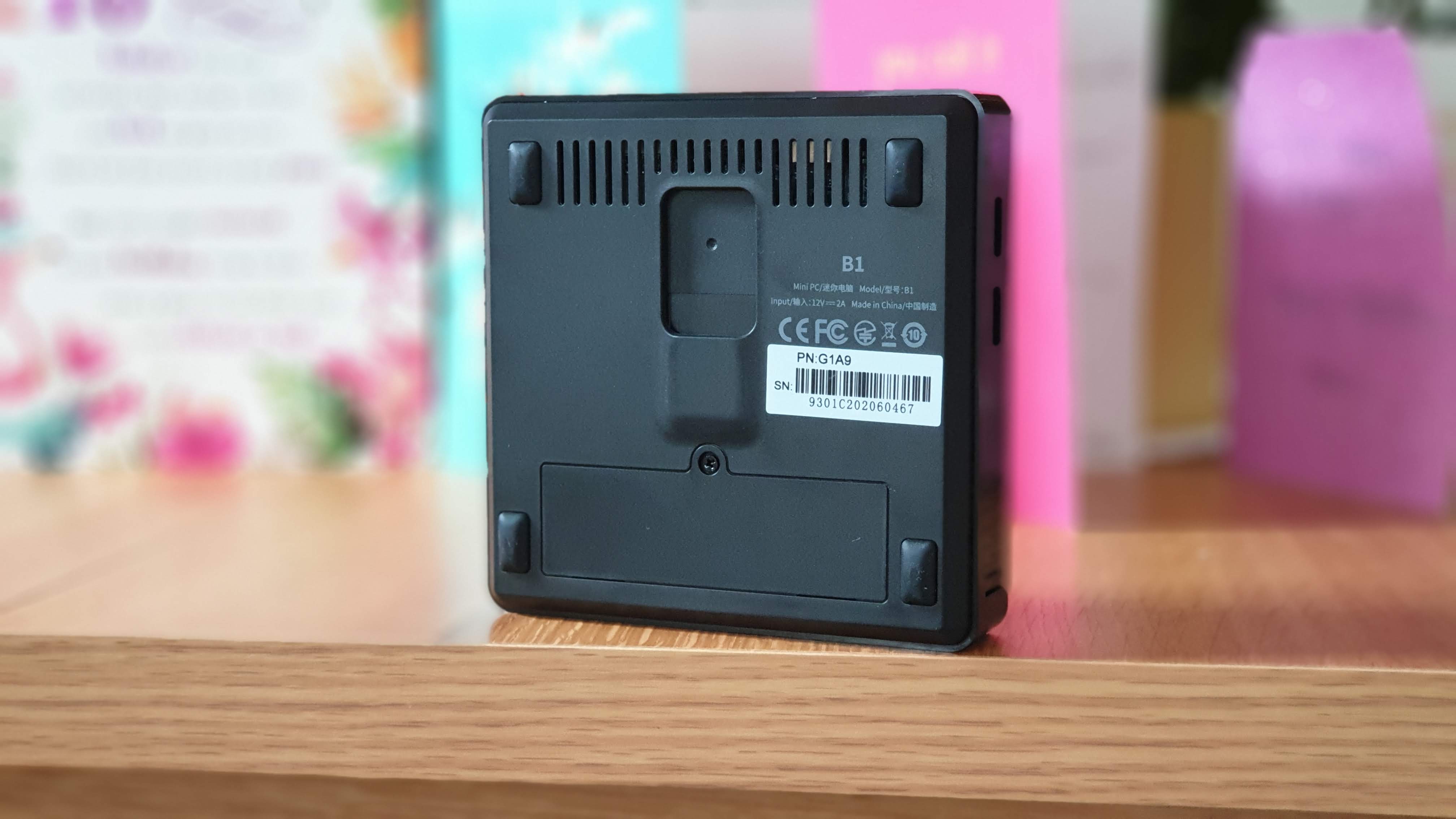
On the bottom is a flap that hides a spare M.2 expansion slot and a notch to fit a VESA mount. The whole thing is powered by a 12V, 2A PSU that plugs into a proprietary barrel-type power port.
Hardware
The biggest flaw of the B1 and possibly the reason why it is so cheap, is the fact that it is powered by an Intel Celeron N3060 processor. This is possibly the slowest processor we have tested in a while, bringing back nightmarish memories we had with Atom-based CPUs.
Sign up to the TechRadar Pro newsletter to get all the top news, opinion, features and guidance your business needs to succeed!
Here are the full specs of the Bmax B1 configuration sent to TechRadar Pro for review:
CPU: Intel Celeron N3060
Graphics: Intel HD Graphics 400
RAM: 4GB Lattice DDR3
Storage: 64GB BWIN
Ports: 2 x USB 2.0, 2 x USB 3.0 audio jack, 1 x HDMI, 1 x VGA, MicroSD card reader, Gigabit Ethernet
Connectivity: 802.11ac Wi-Fi, Bluetooth 4.2
Weight: 240g
Size: 12 x 12 x 3.2 cm (H x W x D)
This is a dual-core, dual-thread CPU launched four years ago with a TDP of 6W, 2MB cache and a base frequency of 1.6GHz. Despite its tiny power dissipation, it does have an active heatsink fan to cool it down more effectively.
Surprisingly it is still listed as costing more than $100 on Intel’s website which is likely to be about $90 too expensive. We suspect Bmax got a bunch of them at a rock bottom price, hence why the B1 remains one of the only widely available N3060-powered devices on the market at the time of writing.
There’s 8GB of low-powered DDR3 system memory (from Lattice) that runs along the processor as well as 64GB eMMC storage (BWIN) plus an Intel wireless chip that provides 802.11ac Wi-Fi and Bluetooth 4.2 connectivity.
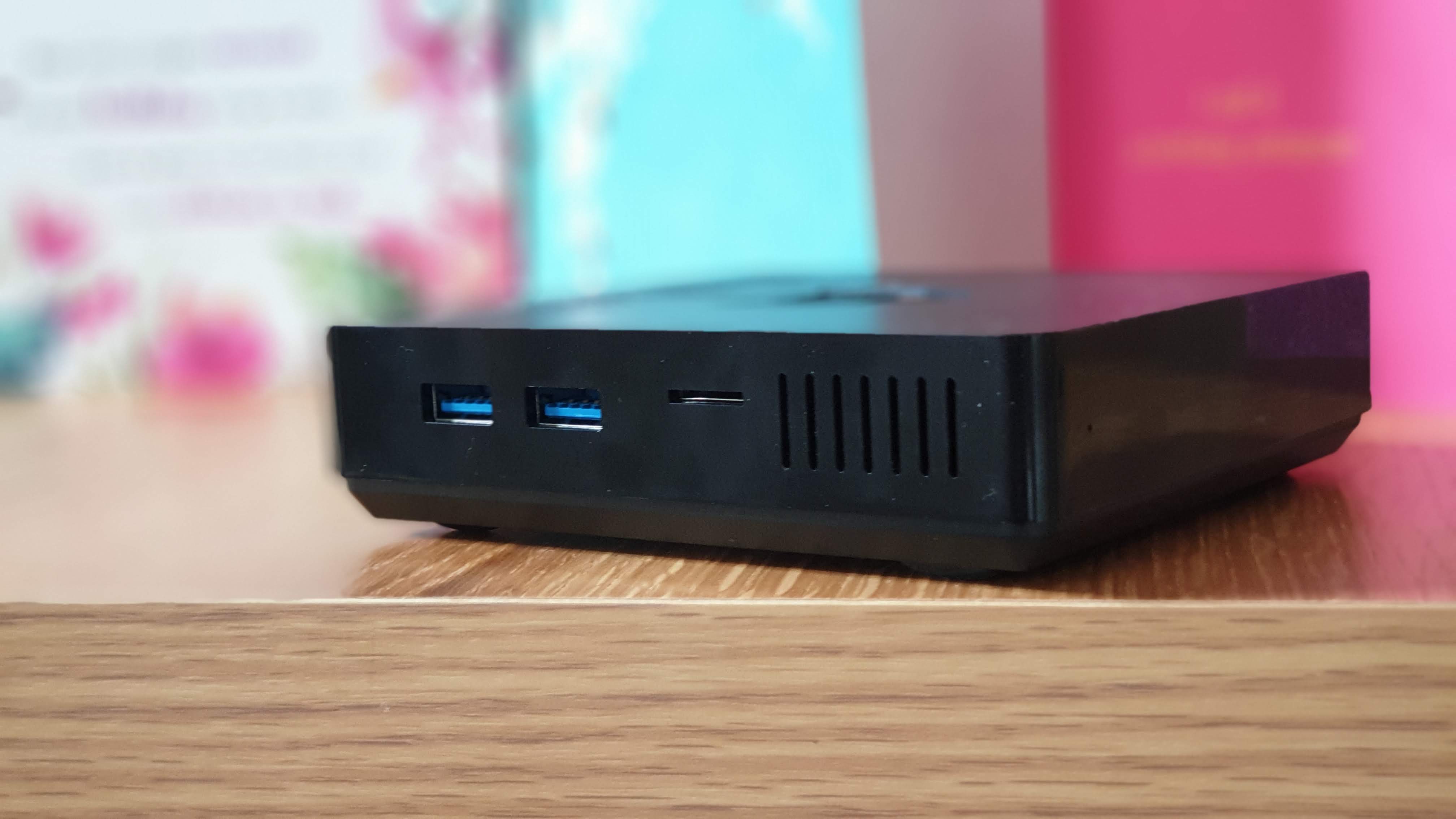
Performance and in use
Here’s how the Bmax B1 performed in our suite of benchmark tests:
Passmark: 736
Passmark CPU: 1101
CPU-Z: 86.3 (single-thread); 171.9 (multi-thread)
Geekbench: 227 (single-core); 427 (multi-core); 1422 (compute)
CrystalDiskMark: 164MBps (read); 111MBps (write)
Cinebench CPU: 144
Novabench: 371
Atto: 162MBps (read, 256mb); 150MBps (write, 256mb)
Windows Experience Index: 3
No surprise here; the combination of a slow processor with near-obsolete system memory and inferior storage technology delivered some of the lowest system benchmark numbers we’ve seen in a while. On Geekbench, its single core performance is about half that of the Intel Celeron J4125 while its multi core one is about a quarter.
Its storage subsystem is similarly anemic delivering only a fraction of what you’d expect from a traditional SATA SSD. Bear in mind though that you can always replace it with an M.2 2280 SSD to boost performance; you will need to have a system or disk cloning software to help you out. Note that there’s also a blue activity LED.
Competition
If you are looking for a mini PC that costs around $100 and has at least 4GB of RAM, then you’re out of luck as there’s no thin client alternative that comes even close. Paradoxically, the next cheapest PC we could find is a slightly more powerful version of the B1 called the B1 Plus. It has a faster N3350 CPU and 50% more system memory.
Next up is the Chatreey AC1-Z thin client which swaps the N3050 for the far more powerful J3455 while dumping the VGA video port for a second HDMI connector paving the way for a rig capable of running two 4K screens. By then though’ you’re already on the verge of spending 50% extra.
Verdict and business take
Let’s not beat around the bush; if you can afford to spend more, then buy something else, otherwise, do consider this computer if you can live with its infuriatingly frustrating computing performance. That’s the reason why it is so cheap.
The main attraction of the Bmax B1 is its price and if you can live with its pedestrian performance, then it is a mighty good bargain. There were a few goodies like the VGA legacy port, the spare M.2 slot, the Gigabit Ethernet port and dual-band Wi-Fi.
The use cases are near endless; thin clients in classrooms, part of a POS solution, a driver for digital signage, a control computer of a CNC milling machine or even a Linux-based PC for front desk staff. Given the price point, there’s hardly anything that can be improved; swapping the Celeron N3060 for the Celeron J4125 would have been desirable but would have probably added a significant premium to the price.
- We've also highlighted the best thin clients

Désiré has been musing and writing about technology during a career spanning four decades. He dabbled in website builders and web hosting when DHTML and frames were in vogue and started narrating about the impact of technology on society just before the start of the Y2K hysteria at the turn of the last millennium.
